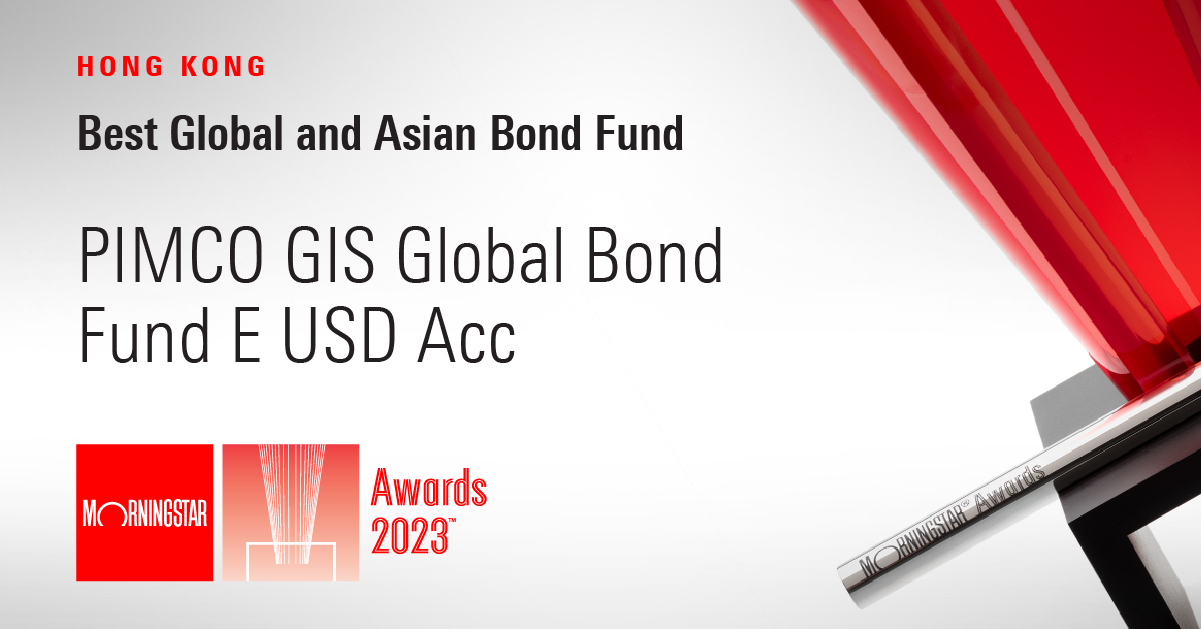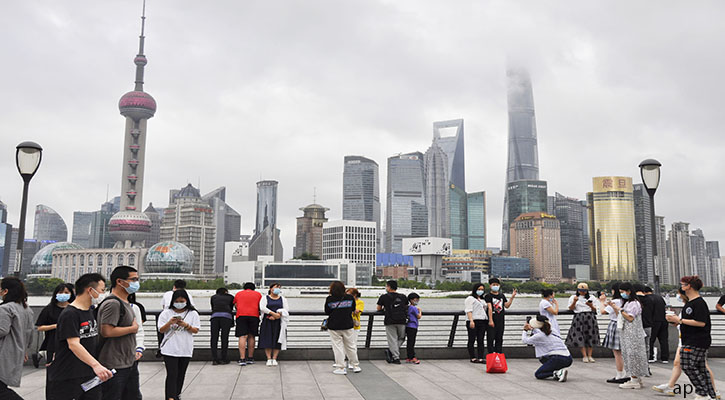
Earning top ratings in both Process and People Pillars, Pimco GIS Global Bond Fund E USD Acc, which has a Morningstar Analyst Rating of Bronze, is differentiated from peers with “considerable flexibility” in the investment process, according to Morningstar's manager research team. As a result of the team’s top-down macro views in recent years, the portfolio has tended to stay on the shorter side of duration than that of the benchmark index, the Bloomberg Global Aggregate Bond Index. This helped during recent periods of interest-rate shocks.
“Lead manager Andrew Balls has a good deal of experience running global and European mandates, and the vast investment team, including veteran comanagers Sachin Gupta and Lorenzo Pagani, is well-equipped to cover rates, currencies, corporates, and structured credit. Pimco's top-down views – driven by the firm’s investment committee on which Balls sits – guide the strategy’s broad positioning,” says Mara Dobrescu, director of fixed-income ratings for global manager research at Morningstar.
Morningstar: How was the portfolio positioned to navigate the market volatility in 2022? Were there any particular theme(s) that drove the strategy's performance for the year?
Andrew Balls: Pimco Global Bond Strategy is an actively managed, benchmark-aware strategy, which is designed to outperform the Bloomberg Global Aggregate Index.
Over 2022, the strategy outperformed its benchmark, navigating significant increases in interest rates across all global markets. The strategy entered the year defensively positioned on overall duration, given the risk that rates could rise if inflation persisted and central banks had to tighten monetary policy faster than expected.
Specifically, we navigated the rise in Fed policy rates via an underweight position to U.S. duration, focused predominantly on the front end of the curve. We also favored an underweight position to U.K. duration given the depressed level of yields, and we were able to take some profits as U.K. rates spiked higher following the fiscal plan announcement in autumn. Also, we observed the Bank of Japan was an outlier in the policy tightening dynamics characterizing the other major central banks, and mindful of the global impact of inflation, we kept an underweight position to Japanese rates.
Within spreads, we were cautiously positioned for select sources of yield pickup, which faced some mark-to-market volatility. We remain positive on those positions, which we see as high quality, resilient sectors due to their attractive valuations and solid fundamentals.
Morningstar: With various central banks rolling back their stimulus measures, inflation, and ongoing geopolitical tensions, what is your outlook for 2023, and how are you expressing these views in your portfolio?
Balls: After facing difficulties on all fronts in 2022, we believe bond investors should be rewarded with attractive opportunities in the year ahead, even as the global economy confronts headwinds. Our latest Cyclical Outlook outlines three main macro themes which warrant an allocation to global bonds. This allocation will help build resilient portfolios with both the potential for attractive returns and mitigation against downside risks.
- Inflation is likely to moderate and risks to the inflation outlook appear more balanced. However, the “stickier” inflation components – those that are least volatile – may be slow to moderate.
- Monetary policy has likely already reached restrictive levels in several major economies. As inflation moderates, central banks will soon reach points where they pause their hiking cycles. It is likely central banks hold rates at these levels to get the stickier components of inflation back to target.
- We expect major developed economies to enter a shallow recession in 2023. A soft landing may occur as labor hoarding amid still-scarce supply and moderating inflation expectations reaccelerate real income growth. In this environment, rather than taking on greater risks for incremental returns, we are seeking to build resilient portfolios, targeting investments that can withstand a significant downturn.
Morningstar: What are the key ingredients to your strategy's longer-term success?
Balls: Pimco’s Global Strategies have successfully navigated the last three decades of financial markets history largely due to our time-tested investment philosophy:
- A long-term perspective based on the firm’s secular views, to minimize the risk of overreacting to ebbs and flows of market sentiment and avoid exposing portfolios to whipsaw risk.
- Diversification, as Pimco takes measured risks through multiple concurrent strategies, seeks to produce more consistent returns than could be achieved by firms that emphasize only one or two techniques.
- Depth and breadth of Pimco’s resources, including proprietary research and quantitative tools that increase the firm’s understanding of risk/reward characteristics of individual bonds, bond market sectors, and portfolio strategies. The firm’s techniques are not black boxes but rather interactive, stress-testing tools that have helped us to seek out the cutting edge of fixed-income product creation.
Pimco’s time-tested active investment process, combining our top-down macroeconomic view with bottom-up research and analysis, has put our best ideas around the world to work in global portfolios. This approach has enabled us to give our clients an edge by anticipating economic and market developments and forecasting major inflection points – insights that may be especially valuable in today’s uncertain market environment.












.png)









